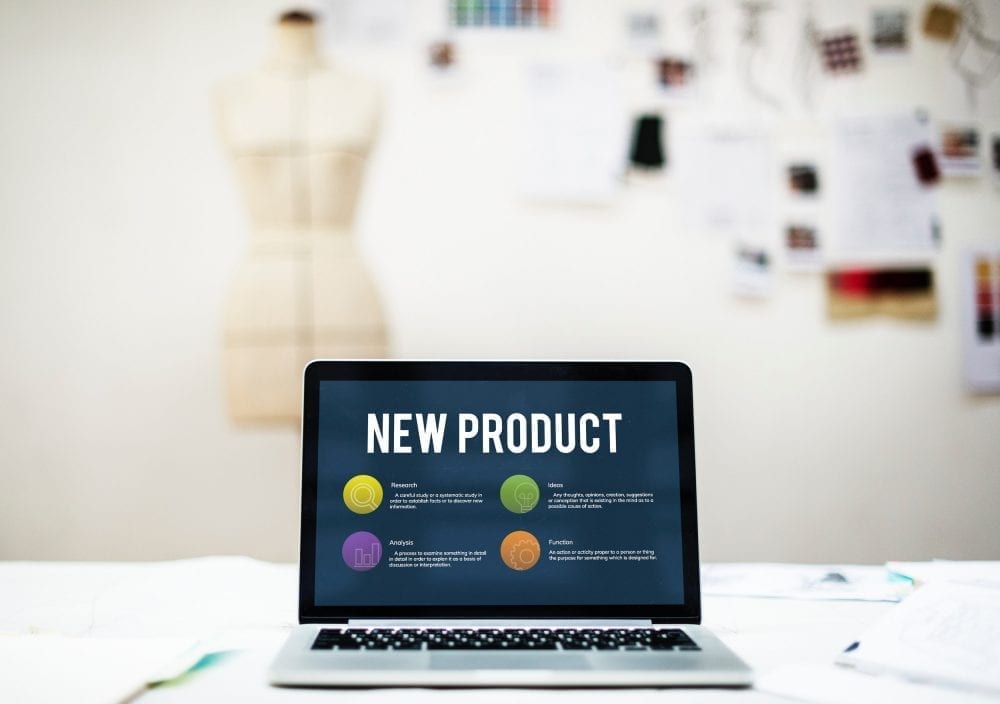Let’s say you receive a thank you email from a brand you recently did some shopping from. Your first name starts the first line. As such, “ Thank You … for you as a loyal customer in purchasing our stuff.” Alongside the list of items that you purchased from them. You know that this email was made specifically for you and you feel happy about the thoughtful gesture that the brand put in. You might even shop there again.
Nowadays, it is a significant thing for many businesses. To concentrate on making their business and branding personal. Personalization is the key factor that would allow you to capture your customers’ attention. One of the best strategies to stand out from the sea of competitors is to personalize your branding on all platforms.
There are so many types of personalized branding that you might get confused about where to start. Fear not. This blog will guide you on how to develop tailored branding using some simple strategies.
What Does Personalize Branding Mean:
Personal branding is how a business chooses to communicate its principles, purpose, vision, and services to the target audience. It’s all about making your customers feel like they are the stars of the show whenever they make a purchase, or even plan on buying your service or product.
It is interesting to note that every business has its brand. Be they intentional or not.
Which personality type contributes to your personal branding journey? Asking this question will help you to understand your customers more if you do not fix this personal branding strategy. Ultimately, it will slip from your hand, leaving you no control over the brand.
Personalized branding helps you to customize and shape what your customers think about you. Do they think of your brand as a trusted source or would they never recommend it to anyone? You can use branding to connect with your customers instead of letting a chatbot or an automated message do the talking for you. But you might be asking, why is it important for your brand to be personalized?
Importance Of Personalization To Your Business:
What is the most important thing for your business or any business? Even if it’s online or a simple retail business? The answer is customers. The more customers your business has, the better it operates. The more money you also earn. But getting customers is often difficult because customers find the next best thing within seconds, so you need a unique edge for them to stay. Other businesses compete with you to gain customers. This leads to a path where you must create a strategy for gaining or regaining customers.
Personalization is like adding a personal touch to your brand. It makes customers feel more special and understood, leading to a better overall experience. When businesses connect with individuals on a personal level, it not only boosts the brand’s image but also brings in more revenue. It’s a win-win – happy customers, a positive brand image, and a healthier bottom line.
The benefit of having your business personalized is a lot. Plus, it doesn’t cost a lot for your business to personalize. But you might be wondering, how can your brand be personalized?
Ways To Personalise Your Branding:
Personalizing has become important for many businesses. Suppose you are planning to personalize your business toward your target audience. There are many methods to do it. However, there are four effective strategies for personalization.
1. Sending Personalised Emails To Customers:
Sending personalised emails is a great way to connect with customers. When you use their name in the subject line, it catches their attention and makes them feel special. For example, sending an email that says, “Thank you, [First Name], for your recent purchase! Enjoy a 40% discount on your next order with code [First Name].”
This not only offers a discount but also creates a personal connection by using their name as a special code. It’s a simple yet effective way to show appreciation and build trust, making customers feel like valued and loyal members.
2. Using Their Signature:
This is a unique one, and not many know about this. It would require a bit of engagement, but you can use the online signature generator. To request them to create their signature. For example, a customer signature sticker on top of their purchased product.
Or you can send a personal email with your signature. To give a personalization feeling to the customers. This tells your customers that they are valued. The owner is thanking them for their purchase.
This will set you apart from your competitors who are personalizing as you are using a different strategy to promote your brand.
3. Social Media:
Another great way to personalize with your target audience and customers is through social media. It has become a normal trend for many businesses to connect with their customers. Social media can help you analyze user preferences, interests, and how they interact with your brand. You can use these insights to create customized content like posts, videos, and reels that have your branding done on it.
The other way of personalizing with the customers is by sharing their reviews online. Asking them the permission to use their content as a review and tagging them on their social media profile. This lets the customers know that you’ve seen them using your products and appreciate the purchase.
4. Show Your Brand’s Human Side:
Let your audience see the behind-the-scenes of your brand. Share employee stories, behind-the-scenes glimpses, and moments that highlight the personality of your brand. This humanization helps customers connect emotionally. You can use User Generated Content to allow real people to review your products and services in an authentic way instead of paying them to do it.
Respond to comments and messages in a conversational and personalised manner to add a more human touch.
Conclusion:
Personalisation is important for your business in today’s world. This means helping you shape your brand image. It is essential because it can help generate revenue, regain past customers, gain potential customers, and so on. Use these four personalisation strategies to stand out from the digital crowd.




